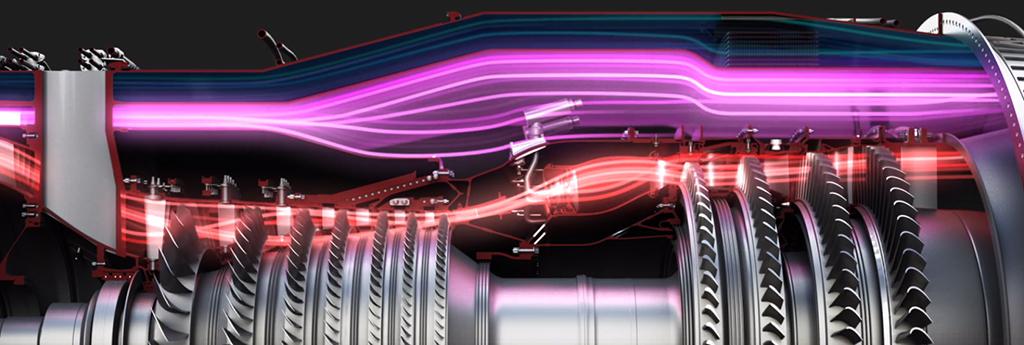
Flight-weight prototypes of advanced fighter engines are scheduled to enter ground testing in 2021 under the U.S. Air Force’s Adaptive Engine Transition Program. The General Electric XA100 and Pratt & Whitney XA101 are forerunners of morphing propulsion systems that can modulate a third stream of air to increase combat thrust by 10% or fuel efficiency 25%.
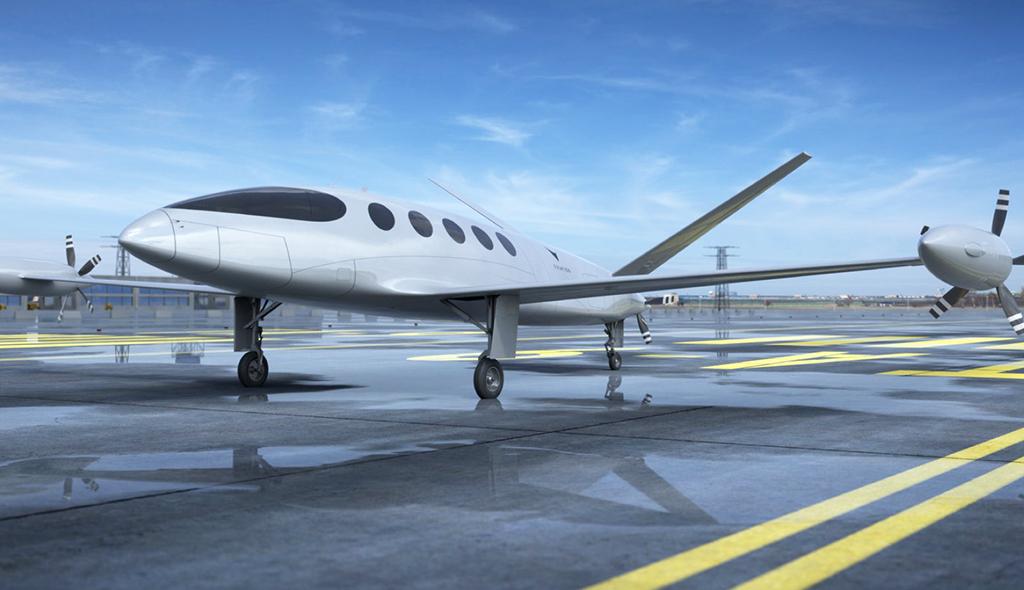
The second prototype of Israeli startup Eviation’s Alice all-electric regional airliner is planned to fly in 2021. The first prototype of the battery-powered 11-seater was damaged in a lithium-ion battery fire while still in ground testing at Arizona’s Prescott Regional Airport in January 2020.
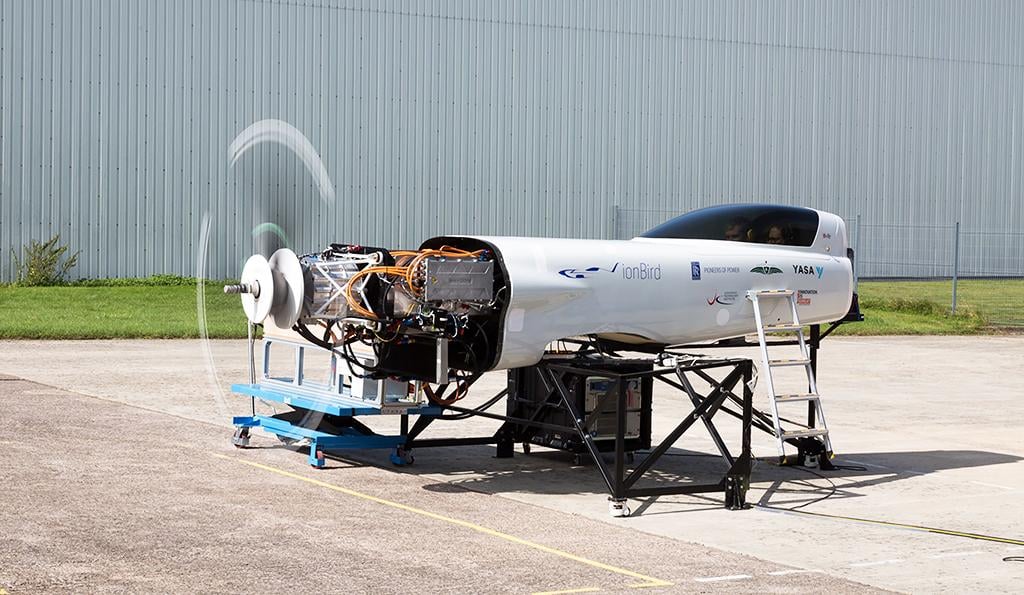
In the first quarter of 2021, Rolls-Royce will attempt to set a new speed record for electric-powered aircraft of at least 300 mph with the ACCEL (for ACCELerating the Electrification of Flight)—a Nemesis NXT racing kitplane modified with a 6,000-cell lithium-ion battery pack and 750-kW electric drive system.

NASA’s X-57 Maxwell distributed electric propulsion demonstrator will fly in 2021, initially with two 60-kW cruise motors in the wing nacelles. Ultimately these motors will be moved to the tips of a new smaller, lower-drag wing, and 12 10.5-kW high-lift motors will be installed on the leading edge.
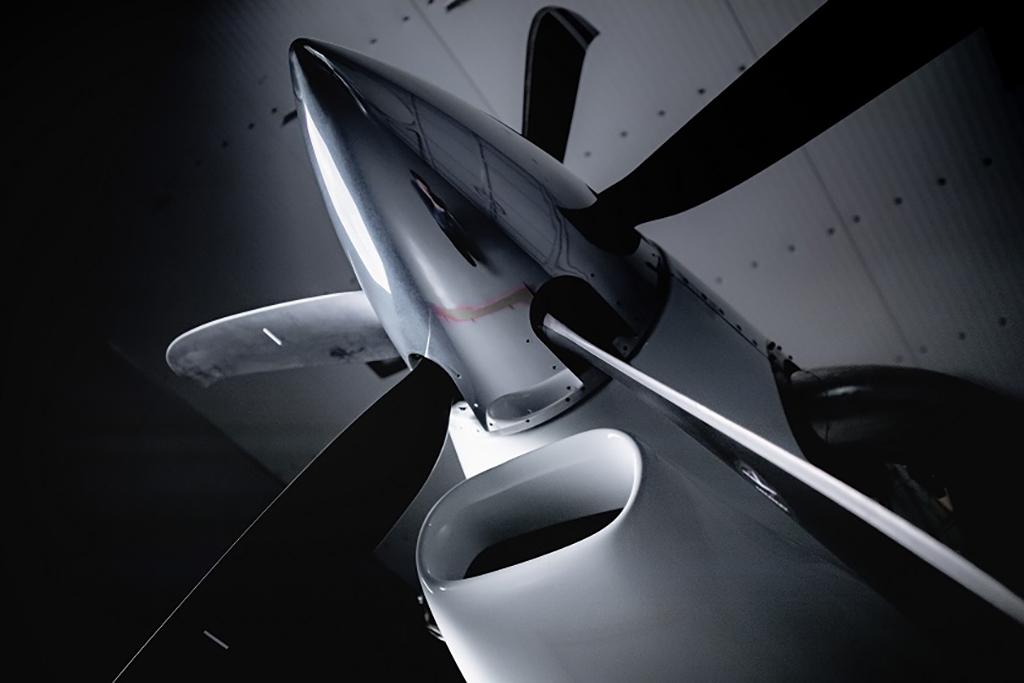
Textron Aviation’s single-engine turboprop Cessna Denali is expected to fly in 2021 powered by GE Aviation’s Catalyst. Using additive manufacturing to an unprecedented extent, the 1,240-shp Catalyst is GE’s first clean-sheet turboprop for business and general aviation in more than 50 years.
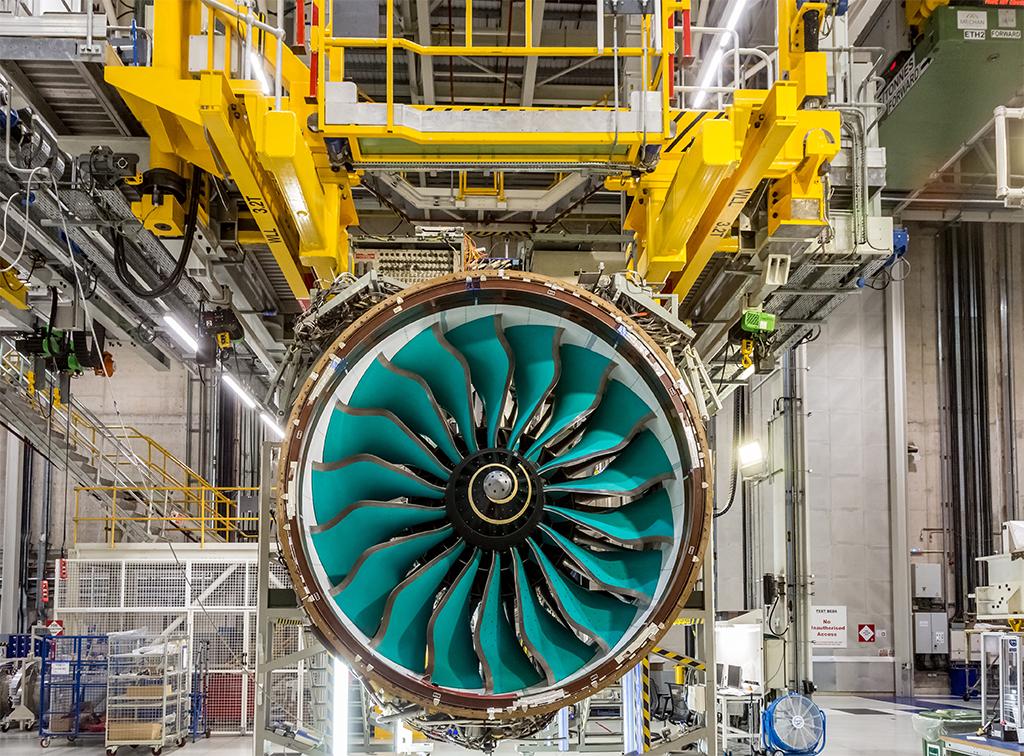
With a new smaller, hotter core driving a bigger, slower fan via a gearbox, Rolls-Royce’s UltraFan demonstrator is expected to begin ground tests in 2021. With a 140-in.-dia. composite fan giving it a bypass ratio of 15:1, the geared turbofan is designed to burn 25% less fuel than Rolls’ Trent-family engines.

More than 65 years after the Boeing B-52 entered service, the U.S. Air Force plans to award a contract to reengine 76 of the bombers in mid-2021. Under the Commercial Engine Replacement Program to supply 608 engines, three companies are bidding: General Electric (CF34-10 and Passport), Pratt & Whitney (PW800) and Rolls-Royce (BR725).

Flight-weight prototypes of advanced fighter engines are scheduled to enter ground testing in 2021 under the U.S. Air Force’s Adaptive Engine Transition Program. The General Electric XA100 and Pratt & Whitney XA101 are forerunners of morphing propulsion systems that can modulate a third stream of air to increase combat thrust by 10% or fuel efficiency 25%.

The second prototype of Israeli startup Eviation’s Alice all-electric regional airliner is planned to fly in 2021. The first prototype of the battery-powered 11-seater was damaged in a lithium-ion battery fire while still in ground testing at Arizona’s Prescott Regional Airport in January 2020.

In the first quarter of 2021, Rolls-Royce will attempt to set a new speed record for electric-powered aircraft of at least 300 mph with the ACCEL (for ACCELerating the Electrification of Flight)—a Nemesis NXT racing kitplane modified with a 6,000-cell lithium-ion battery pack and 750-kW electric drive system.

NASA’s X-57 Maxwell distributed electric propulsion demonstrator will fly in 2021, initially with two 60-kW cruise motors in the wing nacelles. Ultimately these motors will be moved to the tips of a new smaller, lower-drag wing, and 12 10.5-kW high-lift motors will be installed on the leading edge.

Textron Aviation’s single-engine turboprop Cessna Denali is expected to fly in 2021 powered by GE Aviation’s Catalyst. Using additive manufacturing to an unprecedented extent, the 1,240-shp Catalyst is GE’s first clean-sheet turboprop for business and general aviation in more than 50 years.

With a new smaller, hotter core driving a bigger, slower fan via a gearbox, Rolls-Royce’s UltraFan demonstrator is expected to begin ground tests in 2021. With a 140-in.-dia. composite fan giving it a bypass ratio of 15:1, the geared turbofan is designed to burn 25% less fuel than Rolls’ Trent-family engines.

More than 65 years after the Boeing B-52 entered service, the U.S. Air Force plans to award a contract to reengine 76 of the bombers in mid-2021. Under the Commercial Engine Replacement Program to supply 608 engines, three companies are bidding: General Electric (CF34-10 and Passport), Pratt & Whitney (PW800) and Rolls-Royce (BR725).

Flight-weight prototypes of advanced fighter engines are scheduled to enter ground testing in 2021 under the U.S. Air Force’s Adaptive Engine Transition Program. The General Electric XA100 and Pratt & Whitney XA101 are forerunners of morphing propulsion systems that can modulate a third stream of air to increase combat thrust by 10% or fuel efficiency 25%.
From the first flight of an all-electric regional aircraft and a bid to set an electric aviation speed record, to the reengining of a decades-old bomber and tests of the latest adaptive-cycle combat engines, 2021 promises several milestones in the propulsion arena.







